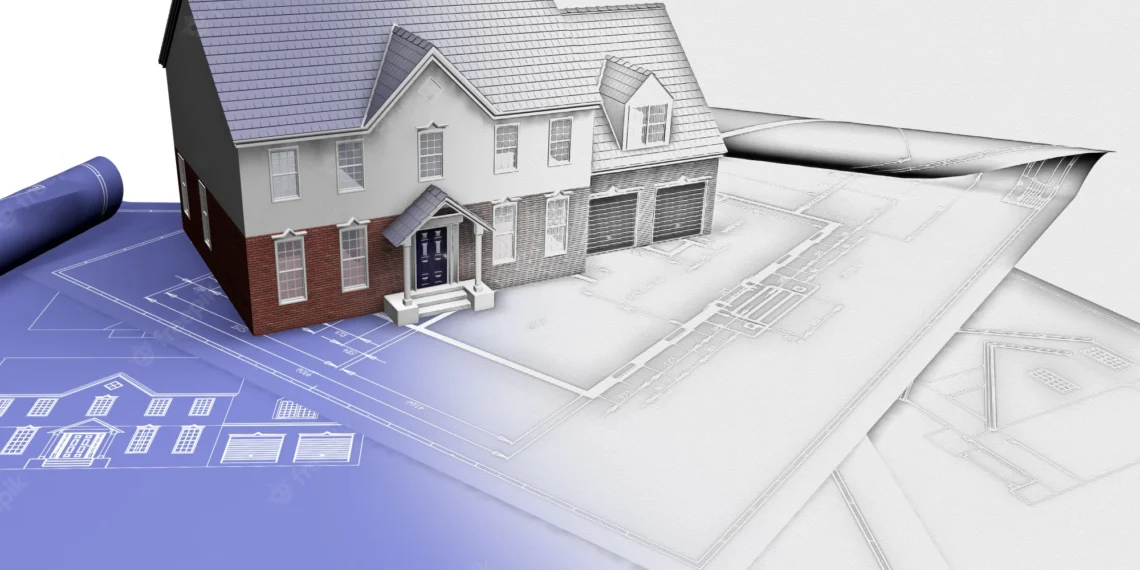Since the launch of the 3D printing industry, there have been a lot of innovations in the field. Even though it is still in its nascent stages, 3D printing technology is being used to create homes, appliances, and other everyday objects that were once considered to be too expensive or time-consuming.
Some companies use this technology to produce prototypes for products and testing purposes only; others use it as a way to reduce production costs. Today’s review will show you how 3D printing technology has helped accelerate society’s move towards sustainable living solutions by providing more affordable housing solutions.
Why 3D Printed Houses Are Important
3D printing is changing the world one house at a time. This technology is transforming the way we build houses, get materials, and even how we live. Since there is a lot of buzz about 3D printing in the media, you probably have a few questions about how this technology works and what it can do for you. Many industries are adopting 3D printing to help them reduce costs and improve efficiency.
This technology can be used to create customized houses, bridges, cars, and many other things. Given the environmental, health, and cost benefits of this technology, it is no wonder that more and more organizations are using it to make their lives easier. If you are interested in learning more about how this technology works and how it can be used to create affordable homes, read the following article.
We have included information on the types of 3D printers in use today, their advantages and disadvantages, and how they are used to develop homes. You will also learn about the future of 3d printing in housing development and its impact on the industry.
How 3D Printing Works?
As you might expect, a process like 3D printing works thanks to the direct imprint of layers of material to create an object. The 3D printing process begins with a digital file that is converted into a three-dimensional data format by a 3D scanner.
This data format is then used by a 3D printer, which creates a solid object from a liquid or powdered substance. The file can be in the form of a design or a blueprint. When you want to make an object, you can use 3D design software and convert it into a 3D file format. In this way, you can produce as many objects as you want.
Benefits of 3D Printing in Housing Development
The most obvious benefit of 3D printing in housing development is that it allows for the production of uniquely designed and customized homes. With traditional building methods, your only options are to either build a home that is the same as the rest or customize it to suit your needs. Since 3D printing can make a home that is architecturally appealing, you don’t have to settle for a boring house.
Instead, you can have a model home that’s designed to suit your needs perfectly. 3D printing can also be used to produce homes that have durable designs and materials. Home buyers are increasingly interested in sustainable building practices that help reduce the carbon footprint of their dwellings.
By producing homes that have durable designs, building components, and materials, you can reduce your home’s carbon footprint. The cost of construction materials such as steel, concrete, and wood has risen over the years. Using less durable materials can significantly reduce the costs of your home and make it more sustainable.
3D Printing for Self-Housing: The Final Step?
Self-housing is a burgeoning trend in housing developments. This concept provides homeowners with the option to build their own houses from the ground up. A self-housing community offers a unique opportunity for people to build their own homes. For people who can afford it, this is a great way to live in a more sustainable way.
Self-housing is a great option for people who want to build their own house without the hassle of getting a mortgage or being tied to a certain area. A self-housing trend is also a great option for seniors who want to stay in their homes as long as possible.
Seniors who choose to self-house can stay in their homes as long as they want and still save money. With age being a factor in terms of mobility and cleanliness, self-housing is a great option for older people who are looking to stay in their homes as long as possible and save money.
Limitations of 3D Printing in Housing Development
One of the most commonly discussed advantages of 3D printing in housing development is its potential to reduce materials used in construction. However, this advantage is not always applicable. For example, some designs produced by 3D printing are completely impractical because they are too light or fragile. That being said, these drawbacks can be easily solved with advanced design software.
Another limitation often discussed in 3D printing is its lower production rate. This means that you usually need multiple 3D printers working together to produce a single object. For this reason, it is not cost-efficient to use this technology in large-scale housing developments.
Conclusion
If you asked someone what 3D printing can do for housing development, you would probably get a blank stare in return. However, this technology is changing the way we design and produce houses. With the ability to create homes from a design file, 3D printing is flexible, modular, and less expensive than traditional construction methods.
In the future, you might not need to worry about finding a place to live because you can order your very own home from a 3D file on your computer. Houses created with 3D printing are affordable and sustainable, as well as environmentally friendly. Given the advantages of this technology, it is no wonder that more and more organizations are using it to make their lives easier.






